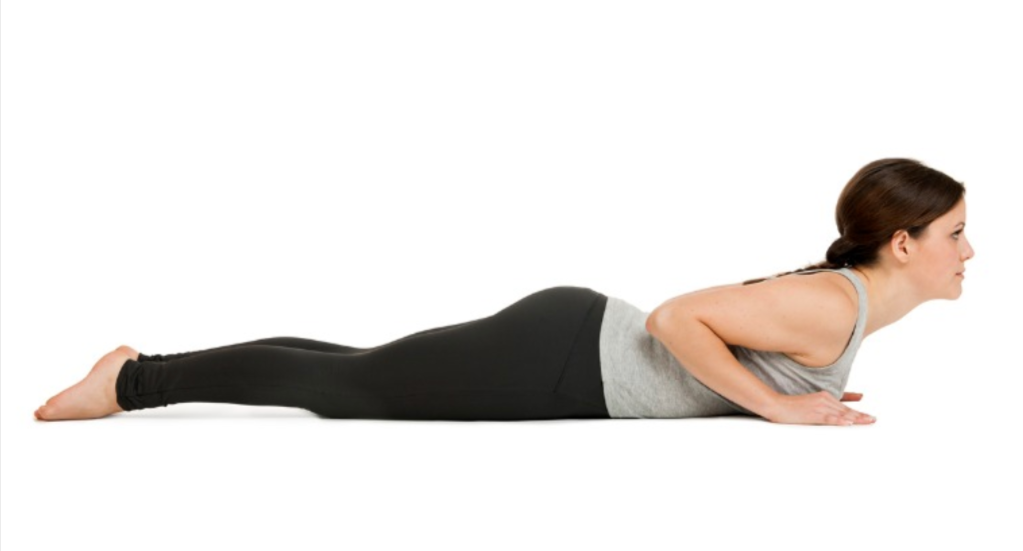For normal posture, the center of the shoulder joints should be vertically in line with the skull just behind the ears. Excessive device use can lead to forward head posture where the head rests forward of the shoulders. This can lead to a condition called upper cross syndrome (UCS). UCS is characterized by the weakening of back muscles and shortening of the pectoralis major and minor, upper trapezius, and the levator scapulae resulting in neck pain. For strengthening of mid-back muscles, consider working on the rhomboids, serratus anterior, and lower trapezius
Studies have suggested that treatment aimed at strengthening the weak muscles can help to achieve improved postural balance and alignment. To achieve strength, stretch the short muscles in the chest, neck, and upper back. Addressing the lower trapezius muscles may help improve results in UCS patients.
To find out, 40 neck pain patients were recruited with both forward head posture and UCS. They performed scapula and thoracic spine stabilization exercises with or without a lower trapezius strength training component. This occurs three times a week for four weeks. With respect to pain, disability, and postural alignment, both groups improved. The trapezius group showed more significant improvement in disability and postural alignment. The researchers concluded that the addition of specific lower trapezius muscle strengthening produced the best results and recommended its inclusion in UCS care.
Three Exercises For Strengthening Lower Trapezius Muscles
- Modified Prone Cobra: With your palms facing up, lay on your stomach with your arms to your side. Contract the lower trapezius muscles without engaging the upper trapezius muscles and raise your chest about four inches. Hold for ten seconds.
- Wall Slides: Stand with your back pressed to the wall. Have your feet a couple of inches away from the wall. Bend your arms at 90 degrees and press against the wall. The outer side of your upper and lower arms touch the wall, palms facing out. Keeping the arms and low back pressed to the wall, slowly slide your arms upward to full extension. Hold for ten seconds.
- Prone Lower Trap: Start in the position as the first exercise. Next, place your hands behind your head and squeeze the scapulae together lifting the chest and elbows towards the ceiling for ten seconds.
For reducing forward head posture, neck pain, and improving your posture, ask a chiropractor near you to review these exercises with you to see if these or different movements may work best for you.



